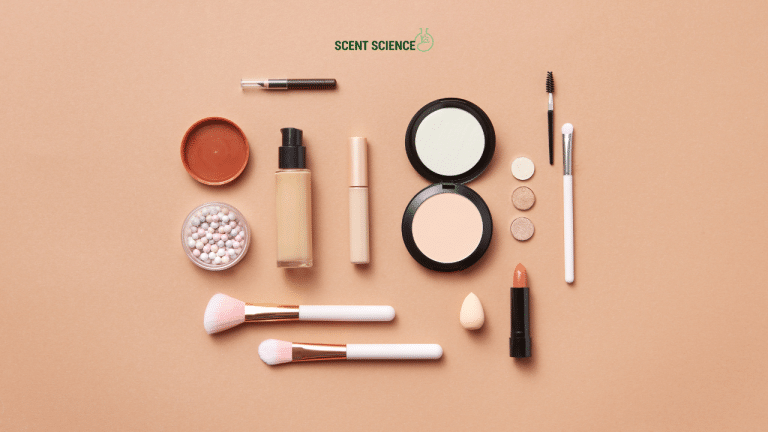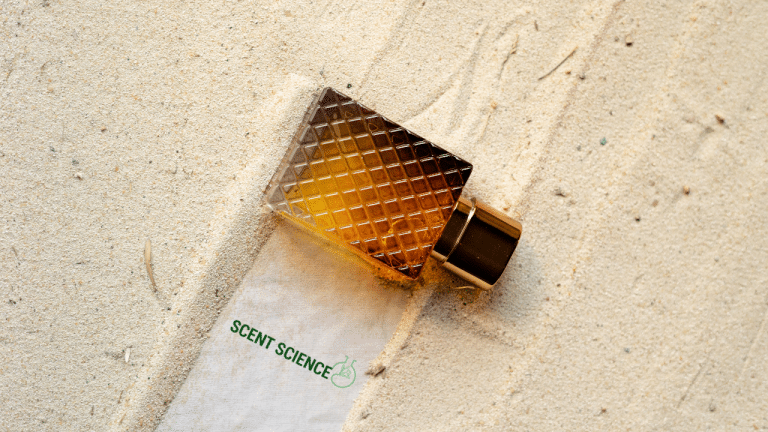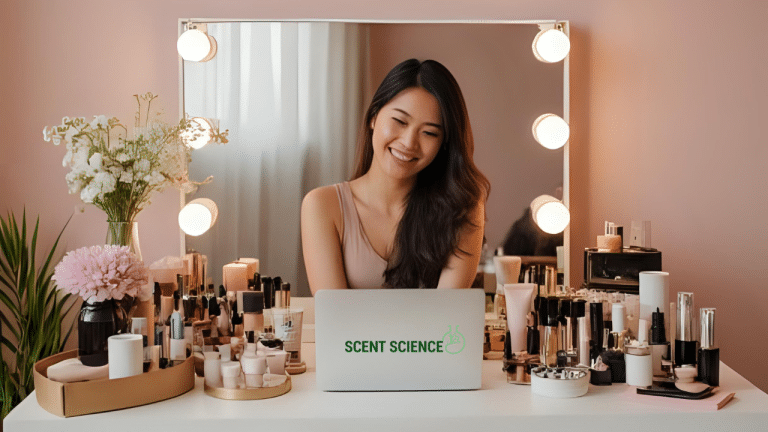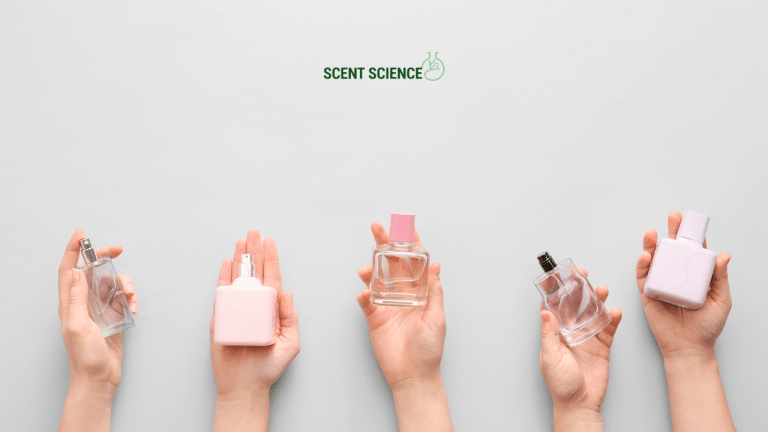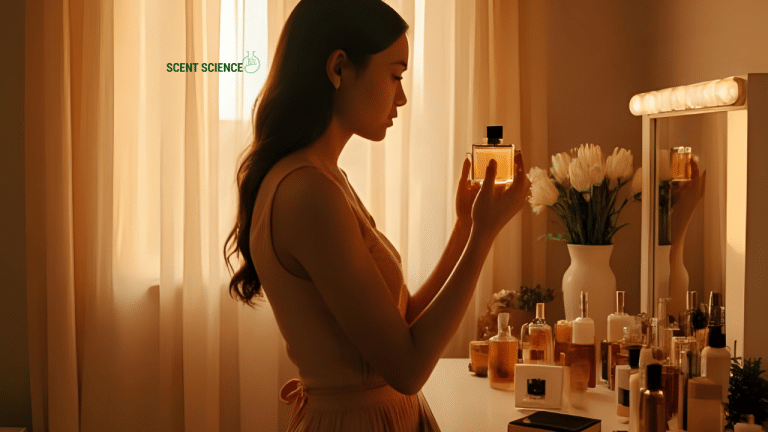In the realm of personal care products, hypoallergenic fragrances have emerged as a boon for individuals with sensitive skin. However, the intricate science behind crafting these allergen-free formulations often goes unnoticed. This article aims to unravel the processes and scientific rigor that ensure hypoallergenic fragrances provide a safe and soothing experience. Delve into a comprehensive exploration, built on technical expertise and authoritative research, to understand how these delicate scents are engineered.
Table of Contents
ToggleUnderstanding Hypoallergenic Fragrances
Definition and Importance
Hypoallergenic fragrances are specially formulated to minimize the risk of allergic reactions. This involves using carefully selected ingredients that are less likely to cause skin irritation. With an ascent in demand for products tailored for sensitive skin, hypoallergenic fragrances have become pivotal in cosmetics, toiletries, and cleaning products. Moreover, regulatory bodies and consumer awareness are pushing for transparency and safety in fragrance development. 🧴
Sensitivity and Allergic Reactions
Skin sensitivity varies markedly among the population, with studies indicating that nearly 50-60% of individuals self-report having sensitive skin. This sensitivity often correlates with allergic reactions, where common allergens found in regular fragrances can trigger redness, itching, and dermatitis. Sensitivities can be exacerbated by environmental factors, immunity issues, or certain skin conditions like eczema. Recognizing this challenge is crucial in hypoallergenic formulation.
The Science Behind Hypoallergenic Formulations
Ingredient Selection
The cornerstone of hypoallergenic fragrances is the careful selection of components. **Essential oils** are often scrutinized for their potential allergenic properties. For instance, common allergens such as limonene, found in citrus oils, and linalool, a component in lavender, can cause reactions in some individuals. Therefore, such components are either carefully balanced, neutralized, or omitted in hypoallergenic formulations.

Case Study: Study on Limonene and Skin Sensitivity
A 2019 study published in *Contact Dermatitis* journal examined the allergenic potential of limonene. Researchers found that while unoxidized limonene was relatively inert, its oxidized form significantly heightened allergic responses in patch-test subjects. This underscores the need for hypoallergenic formulations to maintain fresh and stable ingredients devoid of such transformations.
Purification and Stability
**Purification processes** play a pivotal role in hypoallergenic fragrance creation. Impurities often present in natural or synthesized fragrances can be potential allergens. Advanced purification techniques like distillation and cold pressing are employed to eliminate these contaminants. Additionally, the stability of a fragrance is essential. **Microencapsulation** involves encapsulating fragrance molecules to prevent oxidative degradation, thus maintaining potency and reducing the likelihood of allergenic transformation.
Molecular Approach: Designing Less Reactive Compounds
Advancements in fragrance chemistry allow for the creation of compounds specifically designed to be less reactive with skin proteins. The goal is to reduce the fragrance’s potential to act as a hapten, a small molecule that can trigger an immune response. An example is the development of **reduced reactive potential (RRP) molecules**, designed to pose minimal risk to sensitive skin.
Regulatory Framework and Standards
Compliance and Testing Standards
Hypoallergenic fragrances must adhere to strict regulations and standards. The International Fragrance Association (IFRA) sets global standards for fragrance safety. IFRA’s **guidelines** limit or ban substances identified as allergens or irritants to human health. Similarly, the Cosmetics Regulation framework within the European Union mandates that all cosmetic products be safe for human use.
Clinical Testing and Consumer Trials
Before reaching the market, hypoallergenic fragrances undergo rigorous clinical testing. This includes **epidermal patch testing** in which volunteers’ skin is exposed to the formulation under controlled conditions. Measuring skin response guides formulators to identify any potential allergenic responses before public release. Moreover, user trials help ascertain consumer comfort and satisfaction, often resulting in formulation tweaks to enhance skin compliance. 📊

Real-World Applications of Hypoallergenic Scents
Household Products and Perfumes
Hypoallergenic fragrances aren’t limited to personal care; they have sweeping applications in household products such as laundry detergents, air fresheners, and fabric softeners—a boon for families with sensitive individuals. Integration of such fragrances not only elevates the product’s appeal but also ensures safety during everyday use.
Example: Procter & Gamble’s Tide Free & Gentle
Companies like Procter & Gamble have pioneered using hypoallergenic fragrances in their products. Tide Free & Gentle Detergent is dermatologically tested and incorporates fragrance choices less likely to provoke allergies, demonstrating a successful incorporation of safety and efficacy.
Medical and Therapeutic Contexts
The medical community acknowledges hypoallergenic fragrances in therapy, especially in dermatology treatments. They assist in ensuring patient adherence by providing comforting scents without triggering allergies, crucial for maintaining skin health in sensitive individuals undergoing treatment.
Challenges and Innovations
Technical Challenges
One of the chief challenges in hypoallergenic fragrance formulation is balancing effectiveness and safety. Traditional fragrance materials often derive their olfactory notes from compounds known allergens, posing a dilemma for fragrance chemists.

Current Innovations and Future Research
The future of hypoallergenic fragrances rests in biotechnological innovations. Researchers are employing **gene editing technologies** to produce plant-based fragrance materials without allergens. Moreover, advancements in synthetic biology might pave the way for entirely new, non-allergenic fragrance molecules designed through bioengineering.
Insight: CRISPR in Aroma Compound Development
A 2021 initiative at a leading research university used CRISPR technology to modify yeast cells, enabling them to produce monoterpenes, the fundamental components for many fragrances, without producing allergenic byproducts. Such biotechnological advances signify the direction of hypoallergenic fragrance future developments.
Practical Recommendations for Consumers
Tips for Choosing Hypoallergenic Fragrances
Consumers eyeing hypoallergenic options should prioritize products with clear labeling, supported by clinical testing certifications, and industry-approved safety seals. 🏷️ Reading ingredient lists and understanding components is key, as well as consulting dermatological guidance to tailor selections to individual skin needs.
Avoiding Triggers
An understanding of common fragrance allergens enables individuals to make informed choices. Opting for fragrance-free or low-scent products occasionally assists those with ultra-sensitive skin or complex allergenic predispositions.
Conclusion
The science of hypoallergenic fragrances is a testament to advanced chemistry, patient-focused research, and stringent regulatory efforts. By dissecting the formulation processes, vigilant ingredient selection, and robust testing methodologies, we demystify how these products safely meet the delicate balance required for sensitive skin. As innovations continue to mold this burgeoning field, hypoallergenic fragrances will only become more prevalent, backed by a deeper understanding and enhanced consumer confidence. Leveraging this information, readers can navigate the world of fragrances with knowledge and trust.
Frequently Asked Questions
What are the benefits of using a hair mask in my hair care routine?
Using a hair mask can provide several benefits, including hydration, smoothing, strengthening, curl definition, heat protection, and damage repair. Hair masks infuse the hair with moisture, help coat the hair shaft to seal split ends, reduce breakage, and protect the hair from heat styling and environmental damage[1][4].
What ingredients should I look for in a hair mask?
Effective hair masks often include ingredients such as coconut oil, argan oil, shea butter, honey, avocado oil, green tea, and coconut water. These ingredients provide nourishment, moisturize, and protect the hair, offering benefits like softening, moisturizing, and protecting against damage[2][5].
How often should I use a hair mask in my routine?
You should use a hair mask whenever your hair feels dry, unmanageable, or in need of intense hydration. This can vary depending on your hair type and needs, but generally, using a hair mask once or twice a week can help maintain healthy and moisturized hair[1][4].
How do I apply a hair mask for the best results?
To apply a hair mask effectively, shampoo your hair first, then apply the mask, focusing especially on the ends where hair tends to be the most damaged. Leave the mask on for anywhere from 10 minutes to overnight, depending on the type of mask and your hair’s needs[1][4].
References


